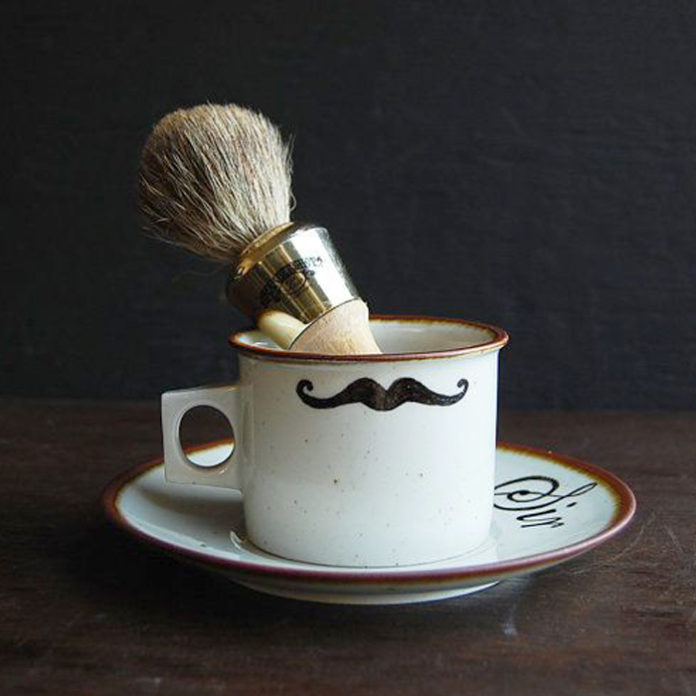
Today is the first of a two-part series on taking care of personal hygiene. This is an issue that a lot of young people, wanting to make a good impression on the world around them, need to know about. This first post, courtesy of Lifehacker, introduces some foundations and then deals specifically with shaving. Tomorrow’s post will look at showering as well as oral hygiene. We hope you find them beneficial. Enjoy!
There are no classrooms that teach you basic hygiene growing up. Your parents may do what they can, but a surprising number of people make it to adulthood with gaps in their knowledge. We’re here to help fill those gaps.
[Recently], we asked our readers what necessary skills they weren’t taught growing up. While we got a huge response, personal hygiene skills were the top of several of our commenters lists. And it’s understandable. Most people don’t get outside input on these essential, everyday routines until much later in life. For that reason, we’re going back to basics.
Start by Forming Solid Habits
Of all the skill involved in personal hygiene, making it a habit is the skill that underlies them all. It doesn’t matter if you know how to properly brush your teeth if you only do it once a week. It may seem tangential, but it’s essential. If you don’t already have solid hygiene habits, start by identifying the areas where you do have solid habits and build on those.
As we’ve talked about before, if you need to create a new habit, piggybacking on an old one is the best way to do it. If you already have a routine for brushing your teeth, tack on flossing (or, if that doesn’t work, floss in the shower!). Be open to adjusting the order you do things in, but keep it as close to your existing routine as possible. Slowly build up over time, if necessary. While it’s generally expected that everyone has a full hygiene regimen by the time they’re an adult, but that may not always the case, depending on how you were raised.
How to Shave Effectively
Learning how to shave is a rite of passage for some families. Others, however, may not get in-depth lessons. Of all the things you might’ve missed growing up, there are few that could actually draw blood if you do it wrong, but shaving is one of them. There are many different ways of shaving, so there’s no one correct set of instructions—not to mention that men and women need dramatically different strategies. However, there are some basics that cover everyone.
The first thing you’ll need to do is pick how you’re going to shave. Electric razors are cheaper over the long run, but they often don’t provide the closest shave—which means your skin will feel rougher and you’ll need to shave more often. Disposable razors, on the other hand, can be much less irritating and have better results, but you’ll need to buy replacements over time.
Once you’ve decided what you’re going to shave, you need to learn how.
Of course, sliding a blade over your body isn’t the only thing that matters when shaving. How and when you do it matters as well. As WikiHow suggests, if you’re shaving in the shower, use warm water and shave last. The warm water will reduce skin irritation.
